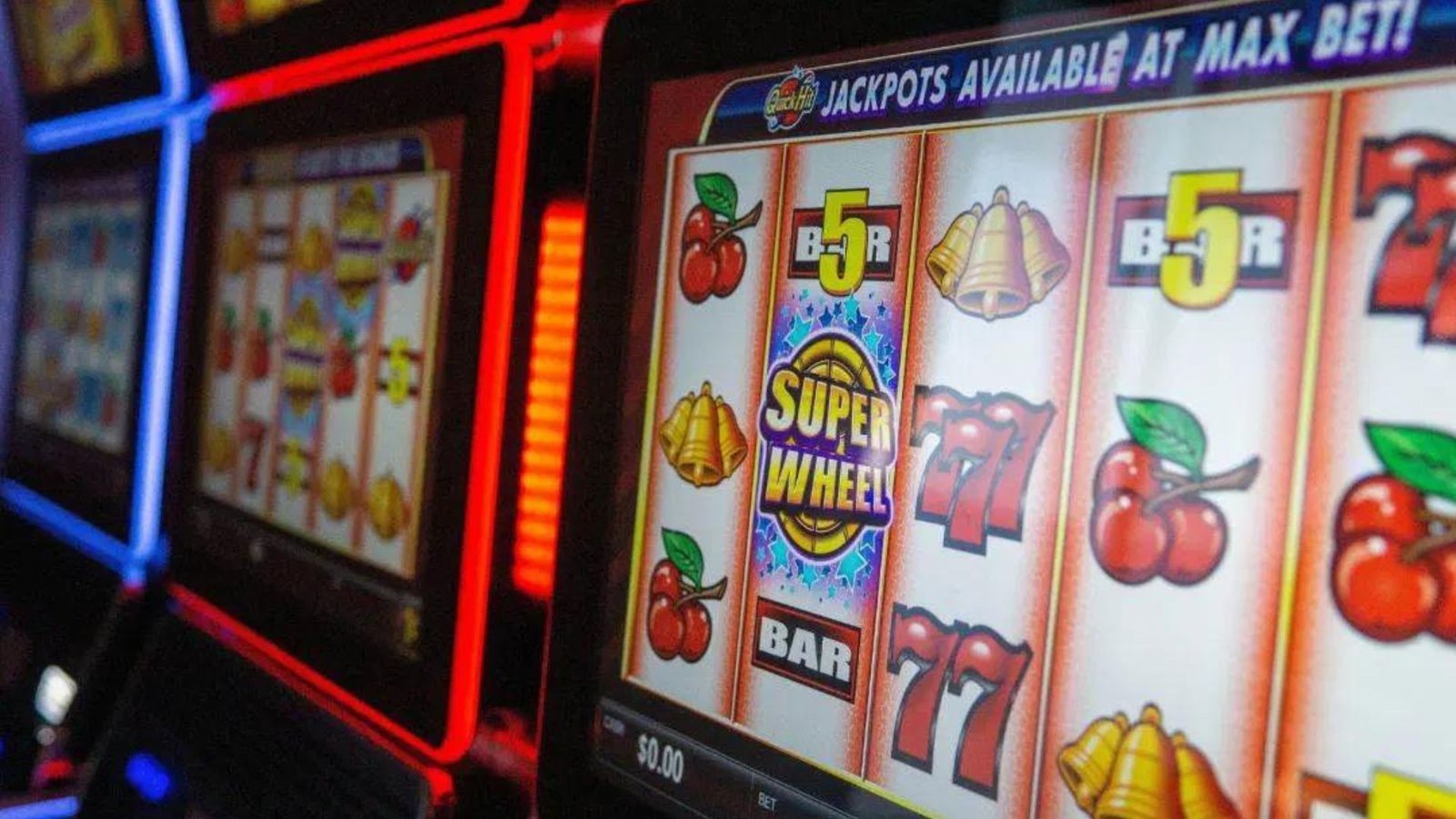In the world of online gaming, localization plays a crucial role in reaching and engaging global audiences. When it comes to slot games, tailoring them to resonate with players in different countries and cultures is essential for success. In this post, we will explore the importance of slot game localization, the key elements to consider, and strategies for effectively adapting games for diverse audiences.
- Cultural Understanding:
To effectively localize slot games, it’s essential to have a deep understanding of the target culture. Researching cultural nuances, preferences, and symbols ensures that the game resonates with players on a meaningful level. This includes considering factors such as color symbolism, superstitions, and cultural references.
- Language Localization:
Translating game content into the native language of the target audience is a fundamental aspect of localization. Accurate and culturally relevant translations create a more immersive and enjoyable gaming experience. It’s essential to work with professional translators who have gaming expertise and an understanding of cultural sensitivities.
- Graphics and Design Adaptation:
Visual elements, including symbols, characters, and background designs, should be tailored to the specific culture’s aesthetic preferences. This involves considering color choices, imagery, and overall graphic design to appeal to the target audience’s tastes and sensibilities.
- Audio and Sound Effects:
Audio elements, such as background music, sound effects, and voiceovers, also play a significant role in localization. Adapting these aspects to align with the target culture’s musical preferences, voice talent, and audio cues enhances the overall gaming experience.
- Game Features and Mechanics:
Different cultures may have preferences for specific game features and mechanics. Localizing these elements to suit the target audience’s expectations and gaming habits ensures a more engaging and enjoyable experience. This may involve adjusting payout structures, bonus features, or incorporating elements that are popular in the target market.
- Social and Cultural Sensitivities:
Respecting social and cultural sensitivities is crucial in slot game localization. Some symbols, images, or themes that are acceptable in one culture may have negative connotations in another. Careful consideration of cultural taboos, religious beliefs, and social norms is vital to avoid offense and create a positive player experience.
- User Interface and User Experience:
Seamless integration of localized content into the user interface is essential for a smooth user experience. Ensuring that buttons, menus, and instructions are translated accurately and intuitively allows players to navigate the game effortlessly, regardless of their language or cultural background.
Conclusion:
Localization is a critical component of slot game development, enabling games to transcend cultural boundaries and engage players worldwide. By taking into account cultural understanding, language localization, graphics and design adaptation, audio and sound effects, game features and mechanics, social and cultural sensitivities, and user interface and user experience, developers can create slot games that resonate with diverse audiences, resulting in increased player engagement and success in global markets.











